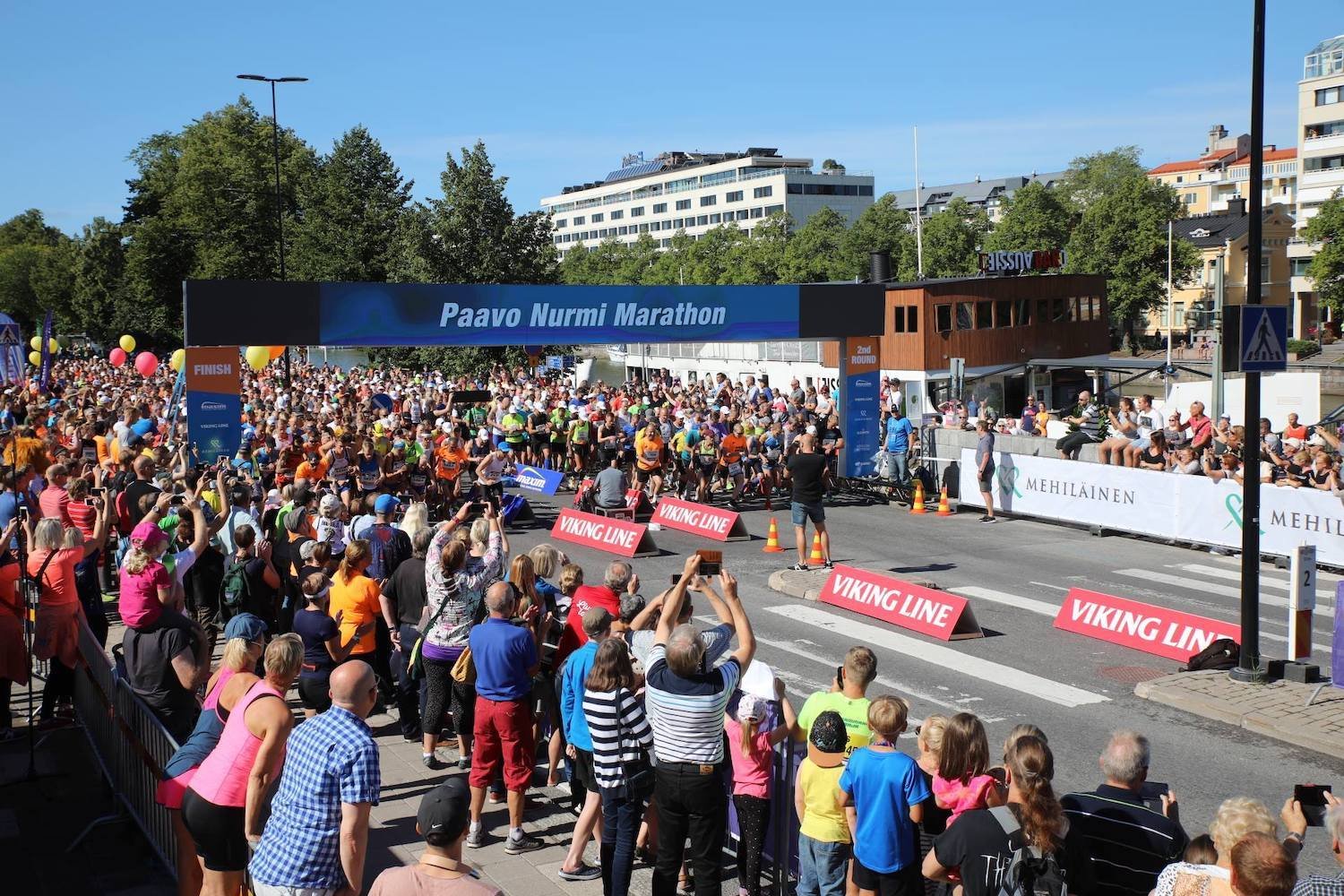An event experience is always a very subjective affair. Deciding if you had a great event experience or a bad one, is most often a matter of the heart. We humans feel if we’ve enjoyed an event and considered that it was worth participating.
After having organised, attended and reviewed thousands of events, we can say that the most fundamental thing you can do to construct a great event experience is to succeed in managing expectations.
Your audience will, with certainty, have an expectation coming into your event and matching that expectation or even exceeding it, will have a massive impact on how the event is perceived, i.e. was it a great experience or not.
At Lyyti, the measure of a great event is determined by the answer to a simple question: “was the event worth your time”. The participant’s overall estimate will be a sum of the parts of the event. In the end, you can’t tell the participant how they should feel about an event, but you can certainly influence it to make the experience better.
You can influence what your participants can expect from the event, you can influence how well the expectations are met, and you can influence how people will remember the event. The first person that should be convinced that your event will be a great one is you, so let’s change the hair-raising “setting expectations” into a positive and exciting exercise of “building hype”.
To make a great event experience, ask and answer these three 3 core questions:
- How will you build hype?
- How will you match or exceed the hype you’ve built?
- How will you carry on the positive hype after the event?
You can find step-by-step ideas from our All-in-one Guide for Engaging Event Marketing. Let's take a look at the three steps through a case example.
Case: Paavo Nurmi Marathon running event
To set you on your way, let’s look at the exercise from the POV of an actual event and the actions event organisers took to support a great event experience. Recently, a few Lyytians attended a running event in Turku. The Paavo Nurmi Marathon (PNM) is an event with a long tradition and there are hundreds of runners participating in the event.
The success of the event ultimately came down to the success of the individual competitor. The event organiser’s role was to support the runner the best way they can from the event organising perspective.
Let’s break down the three core stages in the context of the PNM.
Case PNM - How will you build hype?
How you set the stage has a really important role in creating a great event experience. Building hype largely comes down to event marketing. And the great thing about event marketing is that people will expect it, they might even look forward to it.
PNM was strong with their communications and marketing. Email was used a lot; runners received banners they could share on social media, they received multiple reminders about the event, and a special participation guide with detailed instructions on how to prepare and what to do during the event.
This year was the 30th anniversary of the event and pre-event marketing was abundant on the organisation's owned media channels too. Marketing in paid media channels of the event had reached people living in the area and crowds had arrived along the route to cheer runners along. The PNM organisation had lots of partners and sponsors, so many companies had included the marketing of PNM into their activities.
Pre-event communication had a big influence on the hype the organisers were building. Runners were getting excited about the competition, training more, watching what they will eat, and how they’d be prepared for the hot weather.
There’s many ways to plan for event marketing and to make the task easier for you, we’ve compiled a guide for event marketing that includes a downloadable template. We’ve also written a blog about how to utilise email in event marketing.
How will you match or exceed the hype you’ve built?
You’ve now gotten your audience excited about your event and they arrive at the location with great enthusiasm. How you’ll meet your participants and take them through the event will launch you to success or leave you waiting for applause.
At PNM, the organisation was efficient from the moment the runners arrived at the venue. Competition numbers were easy to collect without long queues, every Sunday-runner felt like a pro with a timing chip, instructions were clear and staff guiding runners and the on-lookers were plentiful. Lot’s of entertainment was provided at the event site, too. Kids got to run a mini-marathon, interviews were organised on the site and music was blasting to get people on the right mood.
During the event, volunteers cheered every runner along the route, cleared the roads from cars and guided the runners through every corner of the course. The weekend of the PNM was hot. The first day when people were running 5 and 10 km distances, it was clear that more attention could’ve been paid to water stands. By day two, when the half-marathon and marathon distances were the main event, the issue about water stands had been resolved and water fountains had also been installed along the way to cool runners down in the torrid weather.
You can reinforce the feeling a participant has by mapping out the key interaction points of the event and paying attention to how you’ll make the experience at the moment of contact more powerful.
How will you carry on the positive hype after the event?
Post-event hyping seems to be the most forgotten aspect of making great experiences stick. This was also the case with the PNM.
Providing your participants the opportunity to relive great moments can do wonders for your brand and for your next events. Post-event communication in general is a great opportunity to connect with your audiences. You can turn the event participants into brand ambassadors by providing them material, moments and memories from the event they took part in.
Leaning on the hype you built during the event, you can encourage participants to share their experience on their own channels, propose meetings, increase sales and brand visibility. A simple “thank you for participating” can make a positive impression and reinforce a respectable brand image.
In the PNM case, the organisation could’ve asked feedback about the event, convinced first-time runners to take up running with one of their partners and encouraged people to share their experience. Now, they’ve neglected to gather feedback and ideas that are fresh in the participants’ minds and that they would be eager to share.
It’s important to leverage the feeling when it’s fresh and still intense. We all know the saying “time heals all wounds” but time also numbs the feeling you got when you experienced something great. We’ve all been there! Ecstatic after a special occasion, giddy when first falling in love, happy after a successful meeting, relieved when a speaking engagement is over. Looking back everything feels less intense.
Lyyti’s event management platform makes asking feedback automatic by sending out an email right after the event asking if the participant felt like the event was worth their time. The feature is called the Experience Value Score and you can use it to collect data from your event and make your next event even better.
What can you do now?
Make sure you ask yourself the three questions next time you are planning an event:
- How will you build hype?
- How will you match or exceed the hype you’ve built?
- How will you carry on the positive hype after the event?
Get excited about your event. You can pitch it to your colleagues first to see if what you are offering will resonate with people. Then, match hype-building actions to each of the three stages.
Remember to think about how the participants will interact with your event and when they will do it. Timing is everything, so make sure you connect with your audience often and at the right time. Asking for feedback, for example, should happen right after the event has ended.
Benchmark other events and see what they did well and how you could apply something similar to your event. In our example case, the volunteers and their behaviour were considered key ingredients that made the event a great experience.
Go get 'em!
Hero photo: Paavo Nurmi Marathon
******
If you want to see how Lyyti can help you create great event experiences, we suggest you download our demo!
Similar articles

Key Ideas for Event Marketing Automation to Enhance Efficiency

Comprehensive event marketing plan example (with free template)

The Basics of B2B Event Marketing: Types and Benefits

What to Expect from Live Event Software: A Guide to Key Features





